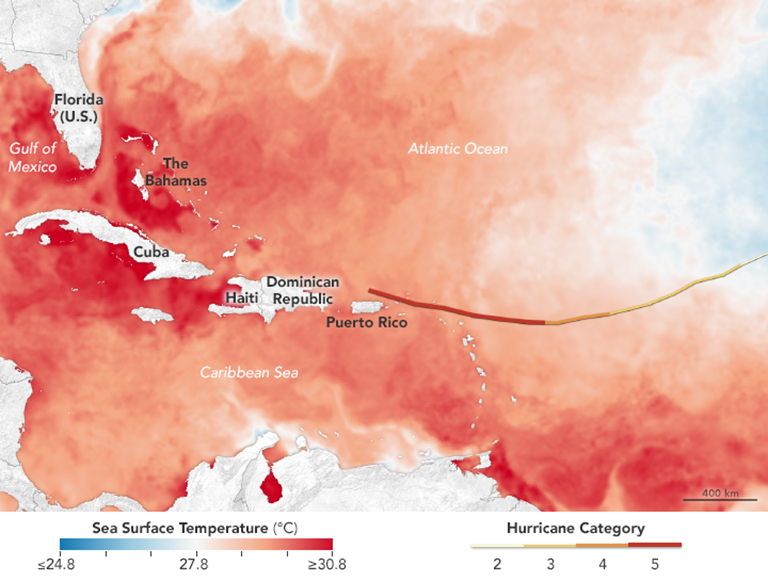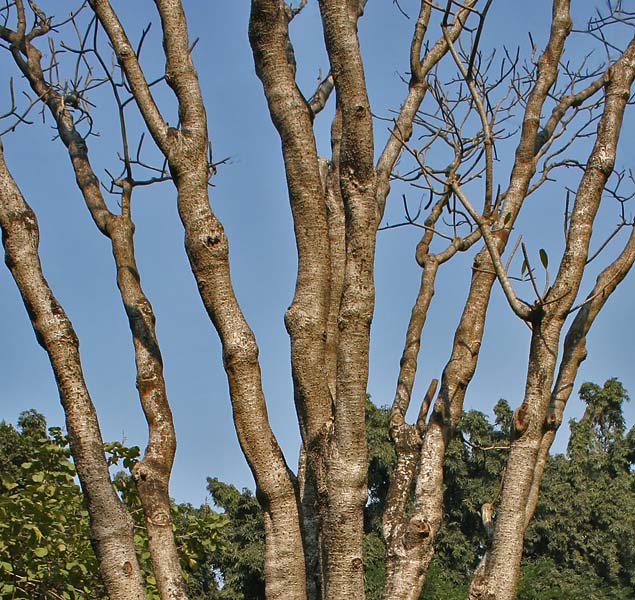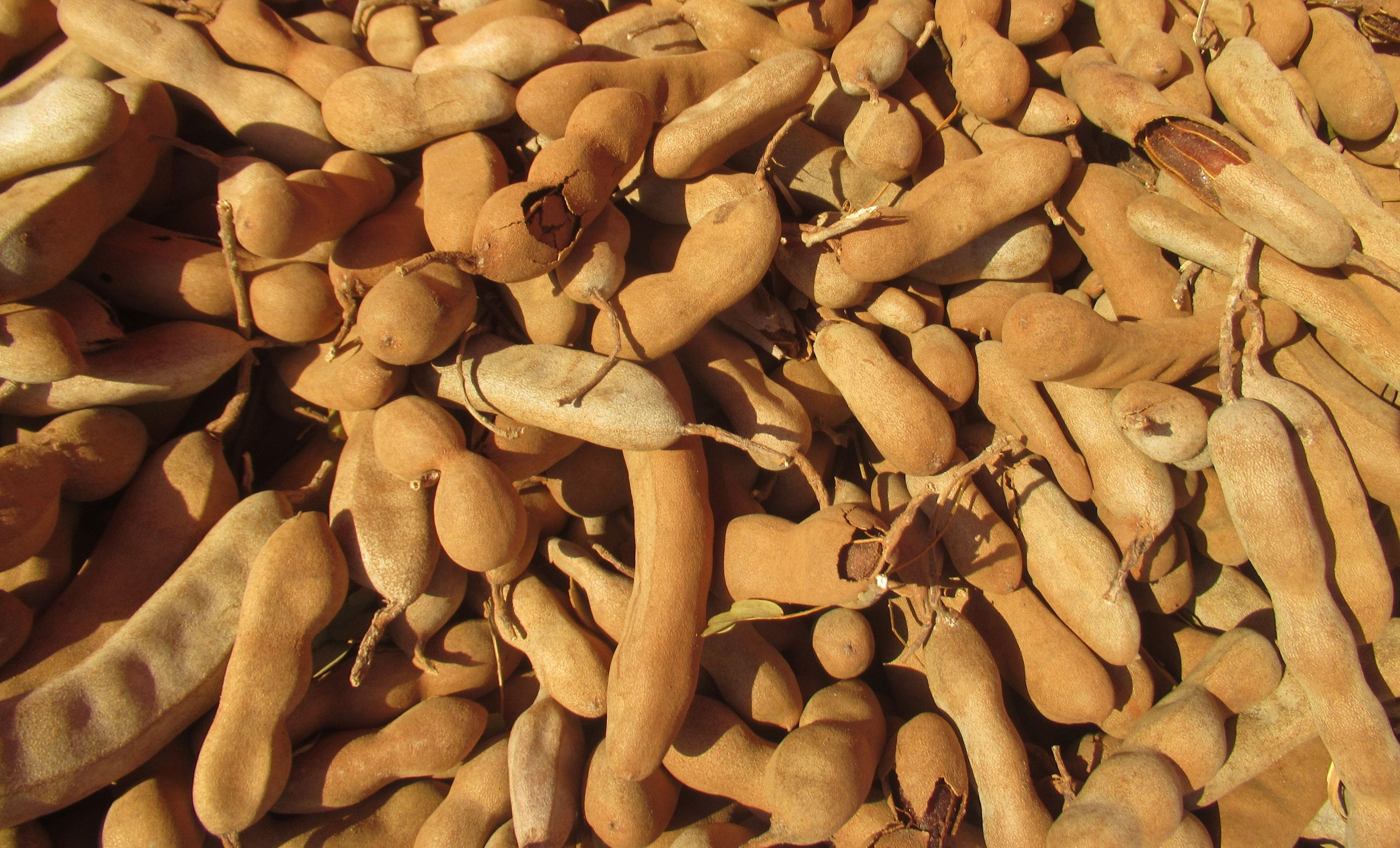|
Eustatia Island
Eustatia Island is a 30-acre island of the British Virgin Islands (BVI) in the Caribbean. The word "Eustatia" is a Greek derived word meaning, "good place to stay." The entire island, and a small neighboring island, Saba Rock, are under the same long term lease. The island is regularly featured and photographed for several publications and was listed as one of the top 20 most beautiful islands in the world in the December 2004 issue of Islands magazine. Location and ownership Eustatia Island is located at latitude 18.51 north and longitude 64.36 west in the eastern section of the British Virgin Islands slightly to the north of Virgin Gorda and Prickly Pear (British Virgin Islands), Prickly Pear and to the south of Necker Island (British Virgin Islands), Necker Island. The BVI are a group of islands located approximately 1,100 miles southeast of Miami, Florida, 60 miles due east of Puerto Rico and about 120 miles northwest of Saint Barthélemy, St. Barts. The island was purchased ... [...More Info...] [...Related Items...] OR: [Wikipedia] [Google] [Baidu] |
Caribbean Sea
The Caribbean Sea is a sea of the Atlantic Ocean, North Atlantic Ocean in the tropics of the Western Hemisphere, located south of the Gulf of Mexico and southwest of the Sargasso Sea. It is bounded by the Greater Antilles to the north from Cuba to Puerto Rico, the Lesser Antilles to the east from the Virgin Islands to Trinidad and Tobago, South America to the south from the Venezuela, Venezuelan coastline to the Colombia, Colombian coastline, and Central America and the Yucatán Peninsula to the west from Panama to Mexico. The Geopolitics, geopolitical region around the Caribbean Sea, including the numerous islands of the West Indies and adjacent coastal areas in the mainland of the Americas, is known as the Caribbean. The Caribbean Sea is one of the largest seas on Earth and has an area of about . The sea's deepest point is the Cayman Trough, between the Cayman Islands and Jamaica, at below sea level. The Caribbean coastline has many gulfs and bays: the Gulf of Gonâve, the Gul ... [...More Info...] [...Related Items...] OR: [Wikipedia] [Google] [Baidu] |
Hurricane Irma
Hurricane Irma was an extremely powerful and devastating tropical cyclone that was the first Category 5 hurricane to strike the Leeward Islands on record, followed by Hurricane Maria, Maria two weeks later. At the time, it was considered the most powerful hurricane on record in the open Atlantic region, outside of the Caribbean Sea and Gulf of Mexico, until it was surpassed by Hurricane Dorian two years later. It was also the third-strongest Atlantic hurricane at landfall ever recorded, just behind the 1935 Labor Day hurricane, 1935 Labor Day Hurricane and Dorian. The ninth tropical cyclone naming, named storm, fourth hurricane, second Saffir–Simpson scale#Categories, major hurricane, and first List of Category 5 Atlantic hurricanes, Category 5 hurricane of the extremely active 2017 Atlantic hurricane season, Irma caused widespread and catastrophic damage throughout its long lifetime, particularly in the northeastern Caribbean and the Florida Keys. It was also the m ... [...More Info...] [...Related Items...] OR: [Wikipedia] [Google] [Baidu] |
Wood Slave
The tropical house gecko (''Hemidactylus mabouia''), also called the cosmopolitan house gecko, is a species of lizard in the family Gekkonidae. The species is native to sub-Saharan Africa. However, it is also found in North, Central and South America and the Caribbean, where it has been inadvertently introduced by humans. Description The tropical house gecko has an average total length of (including tail) and an average mass of . Females are on average somewhat larger than males, with the male average snout-to-vent length (SVL) being and the female average SVL being . Normally coloured in black and brown bands, this gecko can slowly change its colour based on its ambient temperature and lighting; its scales vary in colour from dark brown to light grey. The tropical house gecko bears particularly scaly lamellae on the underside of its toes, enabling it to grip onto vertical surfaces. Diet The diet of ''H. mabouia'' is varied, and includes animals such as isopods, centipedes, ... [...More Info...] [...Related Items...] OR: [Wikipedia] [Google] [Baidu] |
Hummingbird
Hummingbirds are birds native to the Americas and comprise the Family (biology), biological family Trochilidae. With approximately 366 species and 113 genus, genera, they occur from Alaska to Tierra del Fuego, but most species are found in Central America, Central and South America. As of 2024, 21 hummingbird species are listed as Endangered species, endangered or critically endangered, with numerous species declining in population. Hummingbirds have varied specialized characteristics to enable rapid, maneuverable flight: exceptional metabolism, metabolic capacity, adaptations to high altitude, sensitive visual and communication abilities, and long-distance migration in some species. Among all birds, male hummingbirds have the widest diversity of plumage color, particularly in blues, greens, and purples. Hummingbirds are the smallest mature birds, measuring in length. The smallest is the bee hummingbird, which weighs less than , and the largest is the giant hummingbird, weig ... [...More Info...] [...Related Items...] OR: [Wikipedia] [Google] [Baidu] |
Boobies
A booby is a seabird in the genus ''Sula'', part of the family Sulidae. Boobies are closely related to the gannets (''Morus''), which were formerly included in ''Sula''. Systematics and evolution The genus ''Sula'' was introduced by the French zoologist Mathurin Jacques Brisson in 1760. The type species is the brown booby. The name is derived from ''súla'', the Old Norse and Icelandic word for the other member of the family Sulidae, the gannet. The English name ''booby'' may derive from the Spanish slang term , meaning "stupid", as these tame birds had a habit of landing on board sailing ships, where they were easily captured and eaten. Owing to this, boobies are often mentioned as having been caught and eaten by shipwrecked sailors, including William Bligh of the ''Bounty'' and his adherents during their voyage after being set adrift by Fletcher Christian and his followers. Six of the ten extant Sulidae species called ''boobies'' are in the genus ''Sula'', while the ... [...More Info...] [...Related Items...] OR: [Wikipedia] [Google] [Baidu] |
Frigate
A frigate () is a type of warship. In different eras, the roles and capabilities of ships classified as frigates have varied. The name frigate in the 17th to early 18th centuries was given to any full-rigged ship built for speed and maneuverability, intended to be used in scouting, escort and patrol roles. The term was applied loosely to ships varying greatly in design. In the second quarter of the 18th century, what is now generally regarded as the 'true frigate' was developed in France. This type of vessel was characterised by possessing only one armed deck, with an unarmed deck below it used for berthing the crew. Late in the 19th century (British and French prototypes were constructed in 1858), a type of powerful ironclad warships was developed, and because they had a single gun deck, the term 'frigate' was used to describe them. Later developments in ironclad ships rendered the 'frigate' designation obsolete and the term fell out of favour. During the Second World War ... [...More Info...] [...Related Items...] OR: [Wikipedia] [Google] [Baidu] |
Pelican
Pelicans (genus ''Pelecanus'') are a genus of large water birds that make up the family Pelecanidae. They are characterized by a long beak and a large throat pouch used for catching prey and draining water from the scooped-up contents before swallowing. They have predominantly pale plumage, except for the Brown pelican, brown and Peruvian pelicans. The bills, pouches, and bare facial skin of all pelicans become brightly coloured before the breeding season. The eight living pelican species have a patchy, seasonally-dependent yet global distribution, ranging latitude, latitudinally from the tropics to the temperate zone. Pelicans are absent from interior Amazon Rainforest, Amazonian South America, from polar regions and the open ocean; at least one species is known to migrate to the inland desert of Australia's Red Centre, after heavy rains create temporary lakes. White pelicans are also observed at the American state of Utah's Great Salt Lake, for example, some 600 miles (965&n ... [...More Info...] [...Related Items...] OR: [Wikipedia] [Google] [Baidu] |
Honey Suckle
Honey is a sweet and viscous substance made by several species of bees, the best-known of which are honey bees. Honey is made and stored to nourish bee colonies. Bees produce honey by gathering and then refining the sugary secretions of plants (primarily floral nectar) or the secretions of other insects, like the honeydew of aphids. This refinement takes place both within individual bees, through regurgitation and enzymatic activity, and during storage in the hive, through water evaporation that concentrates the honey's sugars until it is thick and viscous. Honey bees stockpile honey in the hive. Within the hive is a structure made from wax called honeycomb. The honeycomb is made up of hundreds or thousands of hexagonal cells, into which the bees regurgitate honey for storage. Other honey-producing species of bee store the substance in different structures, such as the pots made of wax and resin used by the stingless bee. Honey for human consumption is collected from wild b ... [...More Info...] [...Related Items...] OR: [Wikipedia] [Google] [Baidu] |
Allemande
An ''allemande'' (''allemanda'', ''almain(e)'', or ''alman(d)'', French: "German (dance)") is a Renaissance and Baroque dance, and one of the most common instrumental dance styles in Baroque music, with examples by Couperin, Purcell, Bach and Handel. It is often the first movement of a Baroque suite of dances, paired with a subsequent courante, though it is sometimes preceded by an introduction or prelude. Along with the waltz and ländler, the allemande was sometimes referred to by the generic term German Dance in publications during the late 18th and early 19th centuries. A quite different, later, Allemande, named as such in the time of Mozart and Beethoven, still survives in Germany and Switzerland and is a lively triple-time social dance related to the waltz and the '' Ländler''.Scholes P., 1970, article: ''Allemande''. The name "Allemande" comes from the name of Germany in French. History The allemande originated in the 16th century as a duple metre dance of ... [...More Info...] [...Related Items...] OR: [Wikipedia] [Google] [Baidu] |
Frangipani
''Plumeria'' (), also known as frangipani, is a genus of flowering plants in the subfamily Rauvolfioideae, of the family Apocynaceae. Most species are deciduous shrubs or small trees. The species are native to the Neotropical realm (in Mexico, Central America, and the Caribbean, and as far south as Brazil and as far north as Florida in the United States), but are often grown as cosmopolitan ornamentals in tropical regions, especially in Hawaii, as well as hot desert climates in the Arabian Peninsula with proper irrigation. Names The genus Plumeria is named in honour of 17th-century French botanist and Catholic monk Charles Plumier, who traveled to the New World documenting many plant and animal species. ''Plumeria'' is also used as a common name, especially in horticultural circles. The name " frangipani" comes from a 16th-century marquis of the noble Frangipani family in Italy, who created a synthetic plumeria-like perfume. Common names for plants in the genus vary wide ... [...More Info...] [...Related Items...] OR: [Wikipedia] [Google] [Baidu] |
Tamarind
Tamarind (''Tamarindus indica'') is a Legume, leguminous tree bearing edible fruit that is indigenous to tropical Africa and naturalized in Asia. The genus ''Tamarindus'' is monotypic taxon, monotypic, meaning that it contains only this species. It belongs to the family Fabaceae. The tamarind tree produces brown, pod-like fruits that contain a sweet, tangy pulp, which is used in cuisines around the world. The pulp is also used in traditional medicine and as a metal polish. The tree's wood can be used for woodworking and #Seed oil and kernel powder, tamarind seed oil can be extracted from the seeds. Tamarind's tender young leaves are used in Indian cuisine, Indian and Filipino cuisine. Because tamarind has multiple uses, it is cultivated around the world in Tropical zone, tropical and Subtropics, subtropical zones. Description The tamarind is a long-living, medium-growth tree, which attains a maximum crown (botany), crown height of . The crown has an irregular, vase-shape ... [...More Info...] [...Related Items...] OR: [Wikipedia] [Google] [Baidu] |
Bougainvillea
''Bougainvillea'' ( , ) is a genus of thorny ornamental vines, bushes, and trees belonging to the family, Nyctaginaceae. They are native to Brazil, Bolivia, Paraguay, Peru, and Argentina. There are between 4 and 22 species in the genus. The inflorescence consists of large colourful sepal, sepal-like bracts which surround three simple waxy flowers, gaining popularity for the plant as an ornamental. The plant is named after explorer Louis Antoine de Bougainville (1729–1811), after it was documented on one of his expeditions. Description The species grow tall, scrambling over other plants with their spiky thorns. They are evergreen where rainfall occurs all year, or deciduous if there is a dry season. The leaf, leaves are alternate, simple ovate-acuminate, long and broad. The actual flower of the plant is small and generally white, but each cluster of three flowers is surrounded by three or six bracts with the bright colours associated with the plant, including pink, magent ... [...More Info...] [...Related Items...] OR: [Wikipedia] [Google] [Baidu] |







